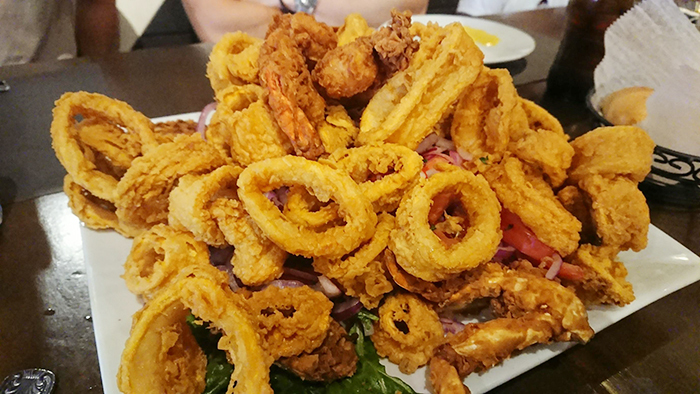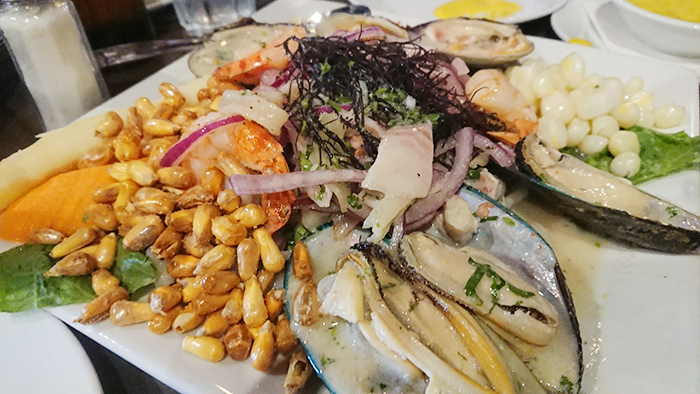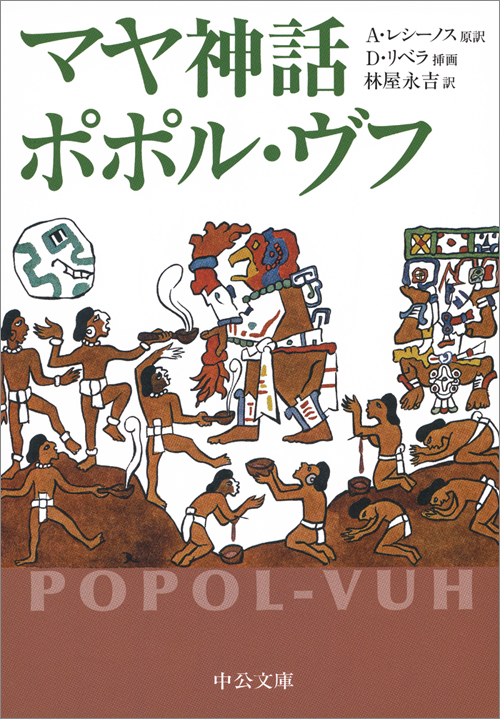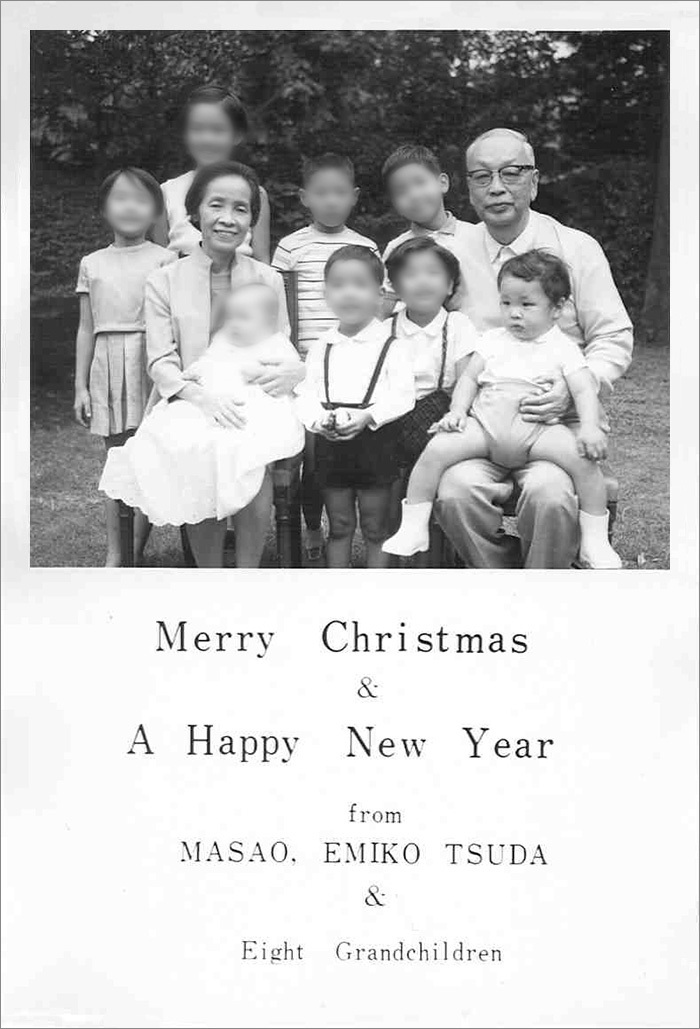
Ahi Sauce

Seafood Fry
It's been a while since Peruvian cuisine became a global trend, but its popularity in Japan seems to be lacking. You can enjoy seafood as ceviche (marinated sashimi) or fried, there's soy sauce-flavored fried rice, and the chili-spiked aji sauce is incredibly versatile. It seems tailor-made for Japanese tastes, yet crossing cultural borders is surprisingly difficult.

Ceviche
Last time, I shared how I donated the "Screw Nail Medal" from my family's collection to the Quincela Martín Museum in Argentina. The person who made this connection possible was Emiko Kashiwakura from the Argentine Embassy in Japan.

Camino
This past January, as the iconic Buenos Aires tourist area created by Quincela Martín to commemorate the tango classic "Caminito" approached its 60th anniversary, Ms. Kashiwakura was scrambling to find any footage from that era.
Using the vague lead that "I believe a Tokyo TV station came to film," she reached out to TBS, which aired "Kaoru Kanetaka's World Travels." When that proved unsuccessful, she reasoned that the grandson of Masao Tsuda—who was close to the composer of Caminito, Filbert, and Quinquela Martín—might know something. Through an online search, she found this small mention in the Web Dentsu News and even went so far as to contact Dentsu Inc.'s public relations department directly.
Honestly, it's not like footage from that long ago is easy to come by. But when asked why he would go to such lengths, Mr. Kashiwakura explained it was because he has a clear vision: "to forge friendship between nations."

'The Popol Vuh: The Mayan Mythology' (Original translation by A. Resinos, translated by Eikichi Hayashiya, Chuko Bunko)
A major influence on the formation of that vision was Eikichi Hayashiya, who served as ambassador to Bolivia and Spain and was Mr. Kashiwakura's university professor. Not only did Hayashiya achieve numerous accomplishments as a diplomat, but he also collaborated with a Nobel Prize-winning poet to translate "The Narrow Road to the Deep North" into Spanish.
Admittedly, that was beyond my reading level, so I picked up another work translated by Hayashiya: Popol Vuh: The Maya Myths (Chuko Bunko). This book chronicles the Maya civilization's ideas on cosmic creation, ancient legends, their origins, and the deeds of their kings up to 1550—essentially the "Maya version of the Kojiki."
As I immersed myself in this grand narrative, I felt Hayashi-san's intense passion driving this undoubtedly challenging translation: a deep, profound desire to understand the other country and to forge friendship between nations. It reaffirmed that it's a powerful vision, not just corporate profit-seeking, that generates this kind of "Wow, they went that far!" energy.
Incidentally.
Mr. Hayashi and my grandfather traveled together to Patagonia, then a remote frontier, during their time in Argentina (documented in the book "Patagonia: Land of Fire - The End of the Southern Hemisphere" [by Masao Tsuda, Chuko Shinsho]). Thanks to Mr. Kashiwakura's efforts this time, the connections between Mr. Kashiwakura, Mr. Hayashi, my grandfather, and myself have come full circle.

Then one day, prompted by this donation, the director of the Kinkela Martín Museum, with whom I'd begun corresponding, sent me a photo of a Christmas card with the message, "Look what I found!" And there I was, sitting on my grandfather's lap wearing a huge diaper! Oh my goodness!!
This was truly the moment when Mr. Kashiwakura's passion unearthed an old tale of friendship and forged a new, cross-border connection between me and the museum director.
Please, help yourself!












